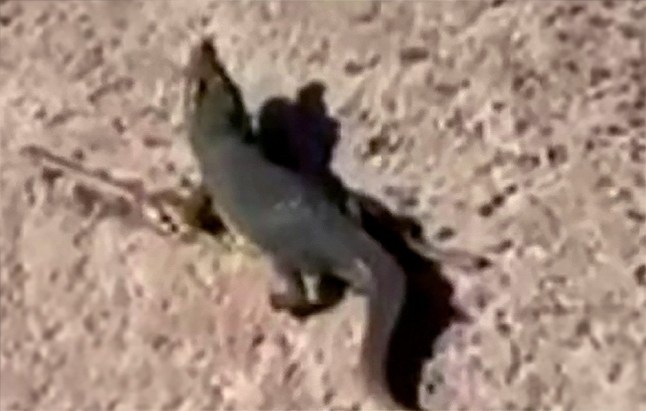Thu Jul 31
Scientists have a new way that we can find out if aliens exist
 2025-06-05
IDOPRESS
2025-06-05
IDOPRESS
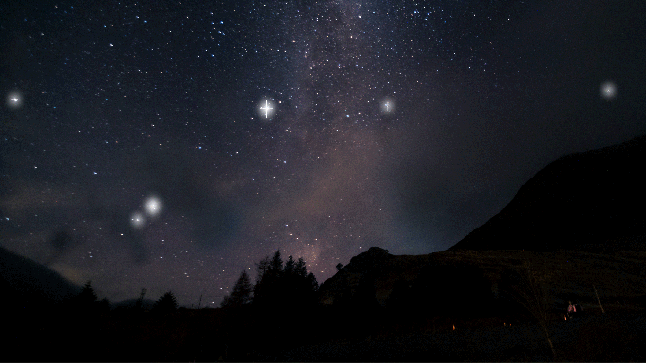
Life might not look or form how it did on Earth (Picture: Getty)
‘Are we alone in the universe?’ is a question humanity has long asked.
But a team of scientists has created a new way to answer whether aliens exist.
Daniel Apai,an astrophysicist and astrobiologist at the University of Arizona,studies exoplanets – worlds that orbit other stars.
Figuring out if exoplanets are habitable is tricky,as they’re too far out of reach to properly research. Instead,stargazers and space officials narrow the list of habitable planets down by whether they have water.
Apai and his colleagues developed a model that shows how Earth organisms would fare on alien worlds by considering factors beyond water,like temperature or a creature’s metabolism.
Not every planet is a blue marble like Earth: ‘Hot Jupiters’ are gas giants that orbit blisteringly close to their stars,‘super-Earths’ are our planet’s big older brothers and loner rogue planets drift through space.
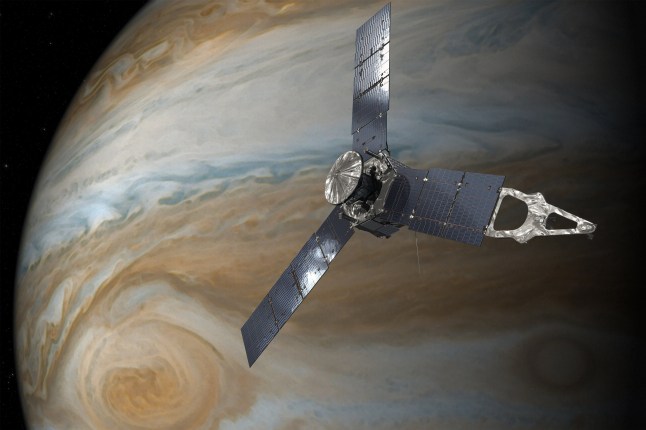
One of Jupiter’s moons,Europa,is a possible candidate for alien life (Picture: NASA/JPL-Caltech/SWNS)
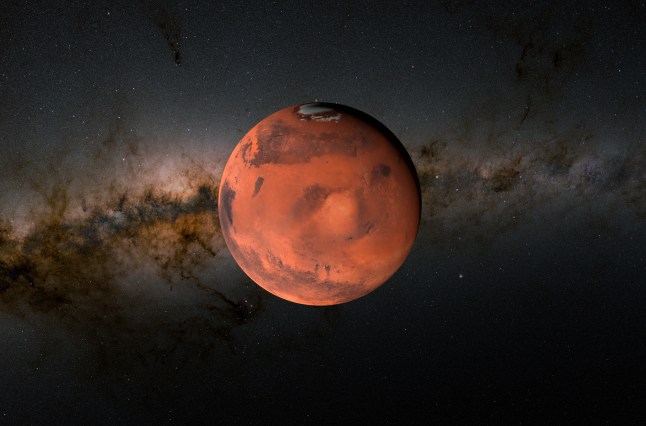
Mars may have once hosted life (Picture: Getty Images/Science Photo Libra)
So rather than asking what all life needs,Apai instead asked: ‘Would the conditions in the habitat – as we know them – allow a specific (known or yet unknown) species or ecosystem to survive?’
He wrote in The Conversation. ‘Even on Earth,organisms require different conditions to survive – there are no camels in Antarctica. By talking about specific organisms,we made the question easier to answer.’
Take the camel,Apai said. Under his team’s ‘quantitative habitability framework’,they first look at what conditions the animal needs to live beyond water,such as a hot,dry climate.
Next,they look at the habitat,with Antarctica being an icy wasteland,it ‘would correctly predict a near-zero probability that Antarctica is a good habitat for camels’.
To test the model,published on arXiv,the researchers looked at if methanogens,one of the oldest forms of life,could make it on the exoplanet TRAPPIST-1e-like.
The model said the ‘habitat suitability’ for these one-celled organisms would be 69%,making it a good candidate for astronomers to examine.
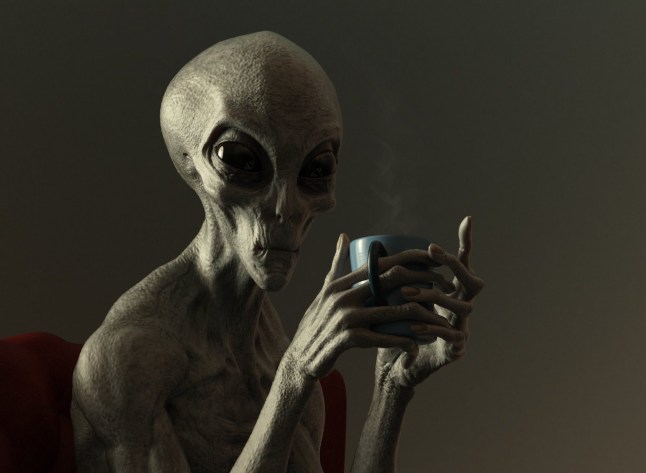
The model might not be able to tell if any aliens look like this,however (Picture: Getty Images)
Closer to home,the model said the suitability for methanogens just below the surface of Mars or the oceans of Jupiter’s moon,is at most 55% and 50%,respectively.
TRAPPIST-1e-like also has a habitat suitability of between 13% and 80% for cyanobacteria,commonly known as blue-green algae.
Evidence of alien life in the universe right now is next to none,and with all the space in the universe,scientists only have so much time and resources to work out if a planet or moon could host extraterrestrials.
Apai hopes the model will help scientists think outside the box when it comes to what life can look like and know where best to look for it.
The researchers will make a massive database of critters that live in extreme environments,such as insects that live in the Himalayas or microorganisms that live in hydrothermal vents on the ocean floor.
Apai said: ‘If scientists do detect a potential signature of life,this approach can help assess if the environment where it is detected can actually support the type of life that leads to the signature detected.’



